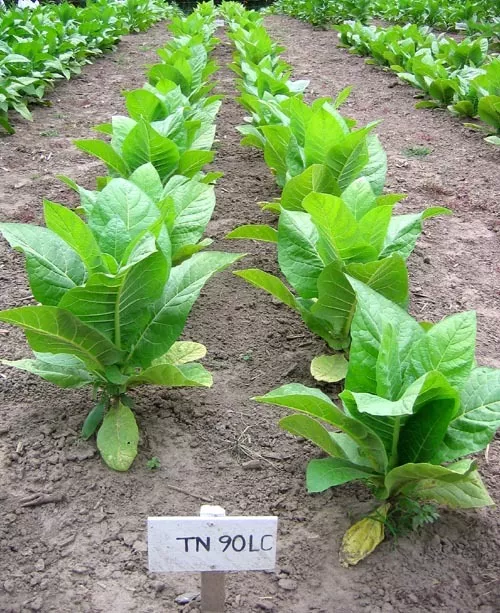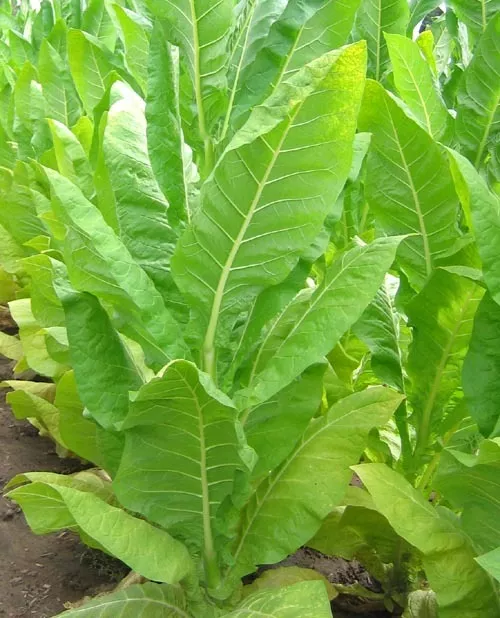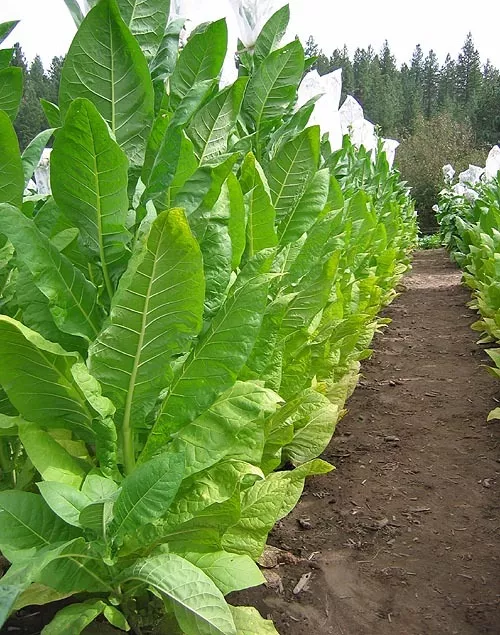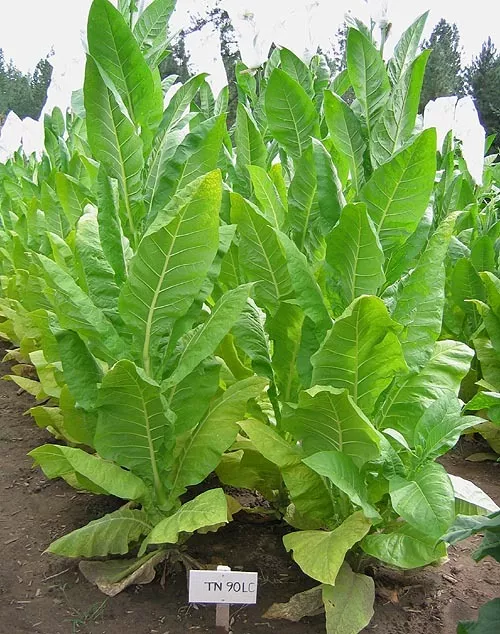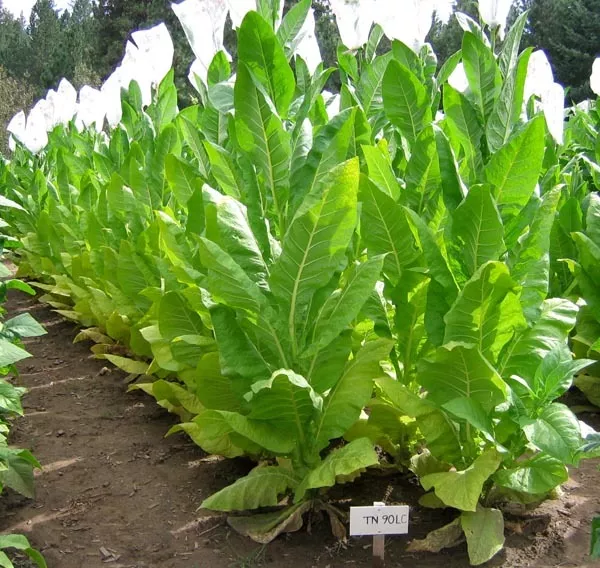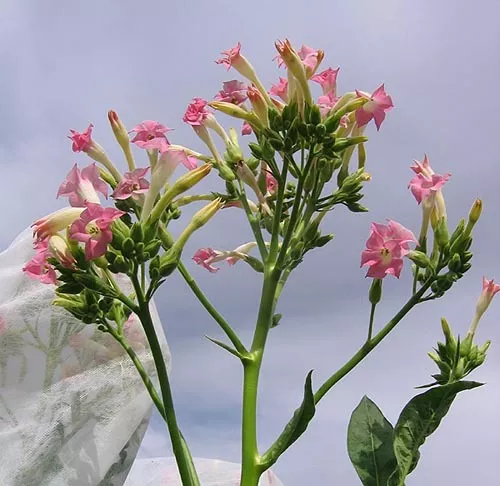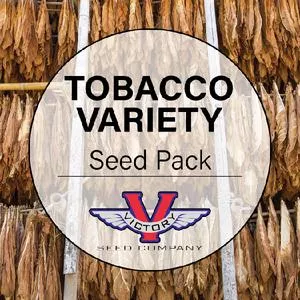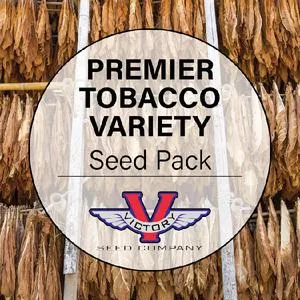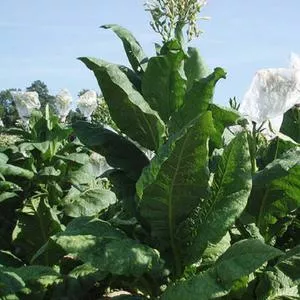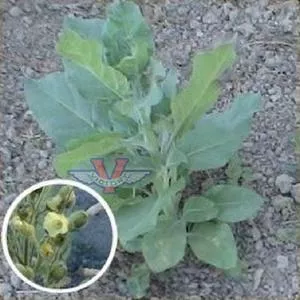





TN90 LC Burley Tobacco
Price: $4.25
SKU: 10006431TN 90 is one of the most widely grown tobaccos in the world. It is an excellent Burley tobacco variety having resistance to TVMV, TEV and PVY. In addition to superior disease resistance and high yield potential, it's earlier maturity and smaller stalk offer an advantage over TN 86 to some growers. The light green leaves turn yellow when ripe and air cure easily, both primed or stalk hung. It matures in 70 days. TN 90 performs well in a wide variety of climates and is one of the most widely grown tobaccos world wide. Together, TN 90 and TN 86 make up over 50% of the US Burley production.
Main Tobacco Role: blending
Typical Use: cigarette
Typical Use: cigar
Curing Method: air
Tobacco Type: Certified Low Converter
Tobacco Type: Burley
Number of Leaves: 20
Plant Size (Height): 60-84
Days to Maturity: 70
Lifespan: Annual
Sun Requirements: Full Sun
Best sowing Method: Start Indoors
Disease Resistances: TVMV
Disease Resistances: Black Shank
Disease Resistances: Fusarium Wilt
Disease Resistances: TMV
Disease Resistances: TEV
Disease Resistances: Potato Virus Y (PVY)
Disease Resistances: Black Root Rot
Genetic Classification: Open Pollinated
Once tiny seedlings emerge, you can pick them out one by one and move them into individual cells. Very lightly fertilize and never allow the potting soil to dry out. Within 6 weeks it'll be ready to plant in the garden. Wait until all risk of frost is over before planting outdoors.
For additional information, please have a look at our more detailed guide with photos.
What are Low Converters (LC)? Tobacco plants produce many different alkaloids. Two of the most commonly produced alkaloids are nicotine and nornicotine, which are closely chemically related. During the curing and drying process, some nicotine chemically converts to nornicotine. The heat of combustion can then convert some of the nornicotine into TSNA's, or Tobacco-specific nitrosamines. Tobacco-specific nitrosamines comprise one of the most important groups of carcinogens in tobacco products, particularly cigarettes and American style fermented dipping snuff.
Over the past several decades, selective breeding has reduced the nornicotine content in most modern day varieties to near zero in burley and dark tobacco types. With the goal of further reducing TNSA's, research is now focused on lowering the amount of nicotine which converts to nornicotine during the curing process. To qualify as an LC tobacco, the conversion rate must be 3% or lower.
The conversion rate of nicotine to nornicotine is controlled by particular genes in the plant but is not consistent from plant to plant, and declines in successive generations. To be classified as an F1 generation LC tobacco, a leaf sample must be taken from each plant during each growing season and its conversion rate must be measured. Only seeds from plants with less than a 3% conversation rate can qualify as certified F1 generation LC seed. Non-certified seed is often sold as F2 or F3 generations. Be watchful for that as you shop for seed. All of our LC strains are certified F1 generation LC.

